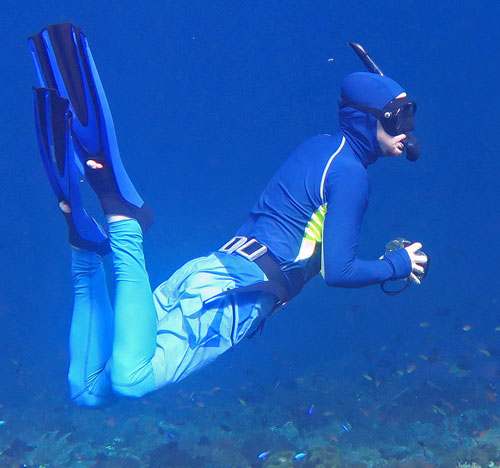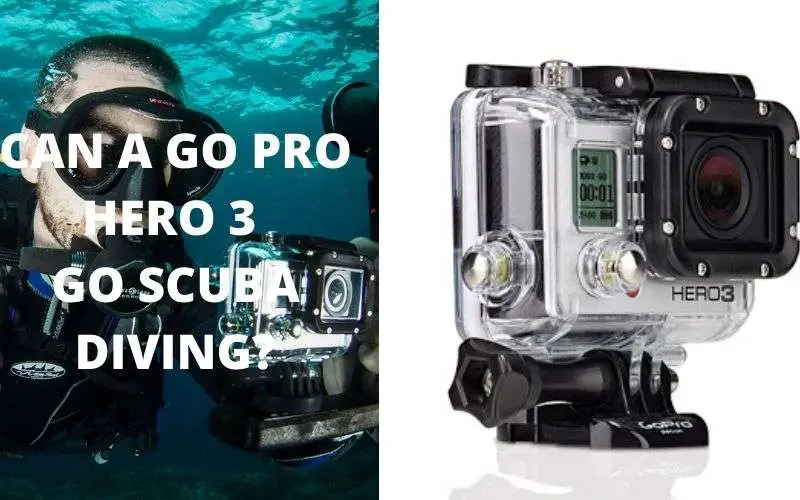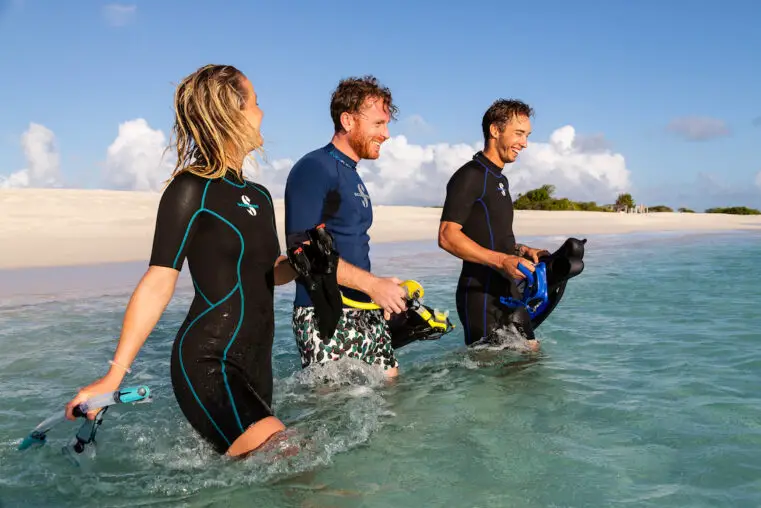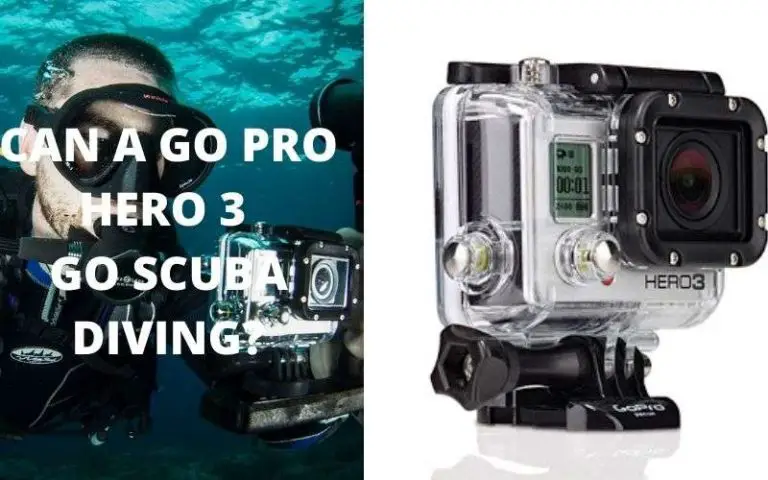
Are you curious about whether you should use a weight belt for snorkeling? If you’ve ever struggled to stay submerged while snorkeling or wondered about the advantages and drawbacks of weight belts, this article is for you.
Snorkeling enthusiasts often ponder whether wearing a weight belt is a necessity. While it’s possible to snorkel without one by mastering breath control, weight belts can add convenience to your underwater experience. However, they come with potential risks, such as over-weighting.
In this article, we’ll explore the advantages and disadvantages of using a weight belt for snorkeling. By the end, you’ll have the knowledge needed to make an informed decision about whether a weight belt suits your snorkeling style.
Benefits of Weight Belts for Snorkeling
Here are some of the benefits of using weight belts for snorkeling.

Achieve Effortless Neutral Buoyancy
Neutral buoyancy, where you neither sink nor float, is essential for a serene snorkeling experience. A weight belt offsets your body and equipment’s natural buoyancy, allowing you to effortlessly hover at your desired depth. This balance is particularly valuable for observing marine life and underwater landscapes.
Save Your Energy
Neutral buoyancy also conserves your energy. Without a weight belt, snorkelers often exert themselves continuously to maintain their depth, leading to fatigue. With the right weight, your effort to stay submerged is significantly reduced, allowing for longer and more enjoyable underwater explorations.
Enhance Your Underwater Views
Weight belts enable you to get closer to marine wonders. Achieving neutral buoyancy lets you explore coral reefs, swim among fish, and appreciate underwater environments without struggling to maintain depth. This proximity enhances your snorkeling experience, making it unforgettable.
Improved Dive Skills
Snorkeling often serves as a stepping stone to scuba diving. Using a weight belt during snorkeling can prepare you for scuba diving by honing your buoyancy control skills. It helps you understand how weight adjustments, breath control, and balance affect your underwater positioning, facilitating a smoother transition to scuba diving.
Prevent Snorkel Vest Interference
Snorkel vests provide buoyancy, but they can hinder your desire to dive beneath the surface. A weight belt counteracts this buoyancy, offering both safety and the freedom to explore underwater at your discretion.
Potential Downsides of Weight Belts

Risk of Over-Weighting
Overweighting can be a concern when using a weight belt for snorkeling. Too much weight may cause you to descend faster than expected, potentially leading to difficulties in resurfacing. It can also result in excessive energy expenditure and unexpected encounters with underwater hazards.
Potential for Entanglement
Underwater environments can be hazardous, and weight belts, especially those with loose straps, can increase the risk of entanglement with underwater structures. To mitigate this risk, choose a weight belt with a quick-release buckle for easy removal if entanglement occurs.
Added Bulk and Weight
While weight belts serve their purpose underwater, they can be cumbersome on land or when boarding a boat. They also contribute to the weight and space constraints when traveling with snorkeling gear.
Uneven Weight Distribution
Properly securing and evenly distributing weights on your belt is crucial to maintain balance. Imbalanced weight distribution can make swimming difficult and strain your back or hips during snorkeling activities.
Risk of Dropping
A securely fastened weight belt is essential to prevent accidental release, which can lead to the belt dropping to the seabed. This poses risks to marine life, ecosystems, and your own safety.
Difficulty Floating on Surface
Weight belts can make it challenging to float at the surface without active swimming, which can be troublesome for weaker swimmers or those fatigued from underwater exploration.
Over-Reliance on Weight Belts
Over-reliance on a weight belt may lead to neglecting other critical skills, such as breath control and finning technique. It’s essential to strike a balance and not solely rely on the belt for buoyancy control.
How Much Weight Should I Use for Snorkeling?
Determining the right amount of weight for snorkeling may require some trial and error. While weight calculators exist, they are primarily designed for scuba diving. A cautious approach is to add enough weight to counteract buoyancy, ensuring you remain positively buoyant at depth for safety reasons.
For instance, a 150-pound individual may need 2-3 pounds of additional weight without a wetsuit and 4 pounds with a thin wetsuit. Always test various weights and snorkel with a buddy for added safety.
Conclusion
A weight belt isn’t mandatory for all snorkeling adventures. Many snorkelers excel through breath control alone. However, considering the benefits, like achieving neutral buoyancy, conserving energy, and enhancing underwater views, a weight belt can significantly elevate your snorkeling experience.
While potential downsides exist, proper knowledge, training, and caution can effectively manage these challenges. Understanding when and how to use a weight belt correctly is key.
In the end, whether or not to use a weight belt for snorkeling depends on your individual preferences and goals. Weigh the advantages against the potential drawbacks and make an informed choice to enhance your underwater adventures.












